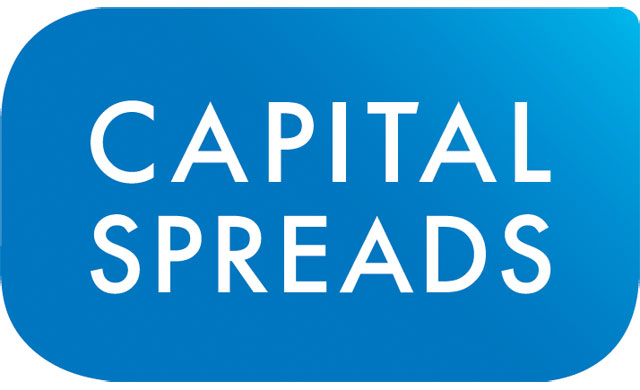Caffyns (LSE:CFYN) is an awkward company for undertaking cyclically adjusted price earning ratio analysis because less than half of its earnings comes from the operating business of flogging cars. Half comes in irregular and unpredictable lumps of profits from selling off property or businesses.
To try to gain some clarity, I first calculate average earnings based on statutory reported “basic” numbers. But, included in there are (a) exceptional items, some of which I judge to be truly one-offs, and others not, and (b) realised capital gains on property and the selling of businesses.
The second version of earnings over the twelve years first identifies and describes those exceptional and property/business sales elements, and then removes them to derive an estimate of earnings due to selling cars and after-service.
The final version adds back the property and business-selling profits over the twelve years in an attempt to gain insight into likely future profits including both operating business profits and capital gains from property/business unit sales assuming the future contains as much capital gains as the past.
Method 1. Reported “basic” earnings
This includes all operating profits as well as the property profits or property impairments. The company regularly classifies items such as redundancy payments as “non-underlying” – such debatable accounting is to be ignored. All non-underlying are included – so this a warts an’ all approach.
| Year end
(in March) |
Reported profit after tax (after including the “non-underlying” negatives and positives)
£‘000
|
Number of shares (millions) | Earnings | |||
| 2019 | -566 | 2.69 | -21p | |||
| 2018 | 1,030 | 2.69 | 38.2p | |||
| 2017 | 5,123 | 2.75 | 186.3p | |||
| 2016 | 2,487 | 2.76 | 90.1p | |||
| 2015 | 9,255 | 2.76 | 335.5p | |||
| 2014 | 1,411 | 2.77 | 51p | |||
| 2013 | 1,289 | 2.77 | 46.6p | |||
| 2012 | 1,416 | 2.77 | 51p | |||
| 2011 | 218 | 2.79 | 7.7p | |||
| 2010 | 1,107 | 2.82 | 38.6p | |||
| 2009 | -3,969 | 2.88 | -137.8p | |||
| 2008 | 2,128 | 2.88 | 73.9p | |||
| Average earnings per share | 63.3p |
The cyclically adjusted price earnings ratio from this approach is 450p/63.3p = 7.1.
The 2015 result deserves a special mention: most of that £9.255m profit was a result of pension rules changing (so that future pensions could rise by only the RPI rather than the CPI) – it is a true one-off.
The 2019 earnings number was greatly affected by impairment charges on two properties (£945,000). Also there was a negative £572,000 exceptional charge mostly caused by a one-off expense for equalising pensions (a countrywide imposition on companies).
I’ll correct these distortions in the next earnings calculations, where I also remove true exceptional items and take away the profits on property over the years to try and get at the numbers coming solely from the operating business.
Method 2. Stripping out the one-off elements and separating the operating income from the property development income.
| £’000s | 2019 | 2018 | 2017 | 2016 | 2015 | 2014 | |||||
| Reported profit after tax | -566 | 1,030 | 5,123 | 2,487 | 9,255 | 1,411 | |||||
| Adjustments | Add exceptionals 572 | None | Deduct profit on Land Rover business sale: 3,839 | Deduct profit on sale of property: 254 | Deduct profit on sale of property: 566 | None | |||||
| Add property impairment 945 | Add cost of redeeming preference shares: 292 | Deduct gain on pension scheme (after tax) 7089 | |||||||||
| Profit after tax and adjustments | 952 | 1,030 | 1,284 | 2,525 | 1,600 | 1,411 | |||||
| Earnings per share for the operating business | 35.3p | 38.2p | 46.7p | 91.5p | 58.0p | 51p |
| £’000s | 2013 | 2012 | 2011 | 2010 | |||
| Reported profit after tax | 1,289 | 1,416 | 218 |
………………To read more subscribe to my premium newsletter Deep Value Shares – click here http://newsletters.advfn.com/deepvalueshares/subscribe-1

 Hot Features
Hot Features













